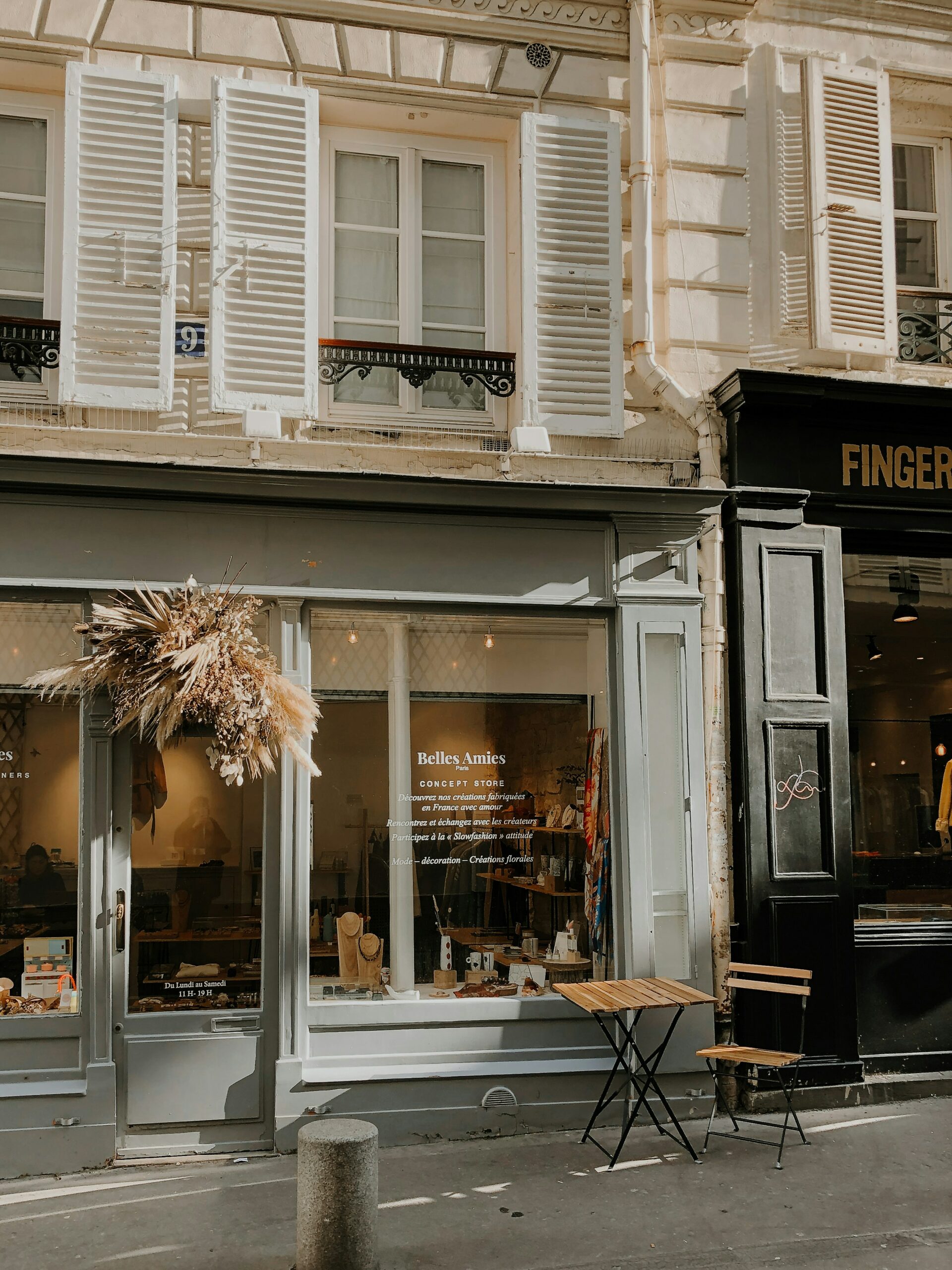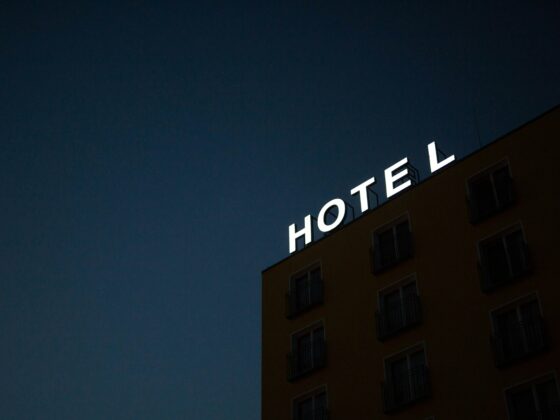U.S. lodging demand increased at an average annual rate of just 0.7% in 2023 and 2024, after two years of double-digit growth coming out of the pandemic in 2020. In the May 2025 edition of Hotel Horizons
®, CBRE reduced its forecast for lodging demand growth in 2025 to 0.9%. With lodging demand growing at less than 1.0%, hotel owners and operators are scrutinizing the value of their franchise relationships since it is the primary stimulus of demand for most U.S. hotels.
Hotel owners pay multiple fees to the franchise company to provide a variety of services including technology, revenue management, training, and quality assurance. CBRE’s Trends
®
in the Hotel Industry survey captures three franchise-related fees on a discrete basis that relate directly to the generation of demand and revenue for a hotel:
- Royalty payments
- Marketing assessments and Reservation fees
- Guest loyalty program fees
For this analysis, the sum of these three components comprises “total franchise-related fees”.
CBRE analyzed the payments made by 4,200 U.S. hotels in 2023 and 2024 to provide owners and operators with information on recent trends in the cost of these three franchise-related fees. In 2024, these 4,200 hotels averaged 218 rooms in size and achieved 70.2% occupancy with a $214.89 average daily rate (ADR).
2024 Annual Changes
From 2023 to 2024, the hotels in our sample averaged a rooms revenue gain of 2.7%, while total operating revenue increased by 3.0%. Concurrently, total franchise-related fees increase by 3.5% percent. Since franchise fees are frequently charged as a percentage of revenue, these relative growth rates concern franchisees.
Driving the outsized increase in franchise-related fees were the guest loyalty program costs (3.9%) and reservation/marketing assessments (3.8%). Since a portion of these fees are based on the revenue generated by loyalty program guests and reservations made through the franchise system, it can be inferred that both the brand reservation and guest loyalty programs drove more revenue in 2024 than they did in 2023. This also indicates a general increase in guest loyal travelers, which correlates with the continuing consolidation in the industry as the major franchise companies increase their portfolio of brands with strategic acquisitions. The royalty fee, which indirectly generates demand, increased by just 2.7% during the year.
It is not surprising that the greatest increases in franchise fees were observed within the higher-priced chain-scales, given the correlation between changes in revenue and changes in franchise-related fees. In 2024, hotels that operated in the luxury, upper-upscale, and upscale chain-scale categories enjoyed the greatest increases in revenue, while properties in the upper-midscale, midscale, and economy categories saw their revenue decline or increase less than 0.5%. Accordingly, franchise fee growth was greatest at luxury (6.4%) and upper-upscale (5.0%) properties. It is also worth noting that many of the upper-upscale and luxury brands also collect fees on food and beverage (F&B) revenues, which have experienced increases exceeding rooms revenue.
In 2024, franchise payments declined for the midscale hotels (-6.6%) in our sample. Further investigation revealed that a decline in demand for the midscale hotels most likely contributed to the decline in reservations and the associated reservation fees.
While franchise fee growth was greatest within the two highest-priced chain-scales, total franchise fees as a percentage of total operating revenue are greatest in the mid-priced (upscale and upper-midscale) category. Mid-priced hotels have lower levels of revenue compared to the upper-priced segments, which significantly influences the higher franchise fee ratio. Compared to lower-priced hotels (midscale, economy), mid-priced properties benefit more from guest loyalty programs and therefore pay more in guest loyalty program fees.
Brand vs Third-Party Managed
We have analyzed franchise-related fee trends by brand-managed hotels versus those that are managed by a third-party (or self) operator, as brands sometimes operate a hotel on behalf of an owner. In 2024, the changes in revenue and franchise-related fees were greater at the brand-managed hotels in our sample. In general, brands tend to manage the luxury and upper-upscale hotels within their portfolio, and the higher-priced hotels achieved greater gains in revenue and even greater growth in franchise-related fees. This brand-managed orientation toward higher-priced hotels also results in lower ratios to revenue compared to third-party managed properties which are more frequently found in the mid- and lower-priced chain-scales.
Composition of Franchise Fees
For the entire sample, the distribution of the franchise-related fees is evenly split among the three components, but differences are observed when segmenting the sample.
By chain-scale, there is a linear relationship between price and the representation of guest loyalty payments, which make up over 33% of the total franchise-related payments made by luxury and upper-upscale hotels. Conversely, guest loyalty program charges are lowest at lower-priced hotels where they average less than 13% of total franchise-related fees. This is consistent with the industry expectation where the upper-priced chain scales tend to garner greater guest loyalty. As the franchise companies are adding more brands to their portfolio, we expect to see continued outsized growth in guest loyalty fees.
At brand-managed hotels, we note that the royalty fees averaged just 15% of total franchise-related fees in 2024. For third-party managed properties, this ratio was 49.8%, reflecting that franchise companies will make concessions on the royalty fees to gain the management contract. This is not to say a brand-managed property necessarily provides inherent savings to an owner, but that, depending on market and branding, the flow-through to the bottom line from a third-party manager with a standard franchise agreement can be greater than brand-managed despite the greater franchise fees. As in all cases with the industry, the best management is highly variable and market dependent.
Soft vs Core Brands
Approximately 4.0% of our sample was affiliated with a soft brand which is a hybrid between independent and core-branded properties. In general, soft-branded hotels enjoy the benefits of the reservation systems, marketing initiatives, and guest loyalty programs of the core brands, but have greater flexibility regarding facilities, services, and operating standards. Soft brands are frequently the choice of owners of hotels that have a historical reputation and identity of their own
Soft brand hotels pay the same three franchise-related fees charged to the core brand properties. In comparison to the core-branded hotels in our sample, the split between the three franchise-related fee components was almost identical. However, from 2023 to 2024, revenues and franchise-related fees increased at a greater pace at the soft brand hotels in our sample compared to the core brand properties. These two metrics indicate that most soft-brand hotels operate in the upper-priced chain-scale and are typically operated by third-party management companies.
Another likely explanation for the greater rise in franchise fees at the soft-branded properties is an increase in food and beverage-related fees. Soft-branded hotels tend to have a very driven food and beverage concept which weighs into the overall revenue share. For franchises that charge an F&B fee, this potential impact is causing some greater growth in franchise fees.
Robert Mandelbaum
Director of Research Information Services
CBRE Hotels















